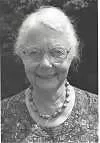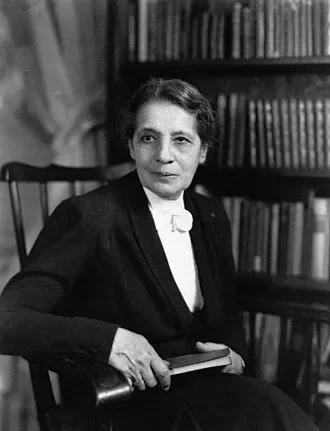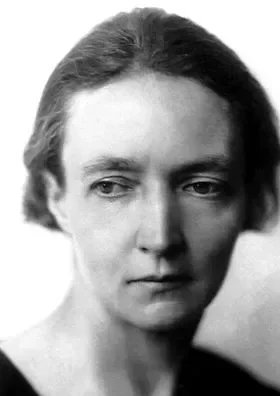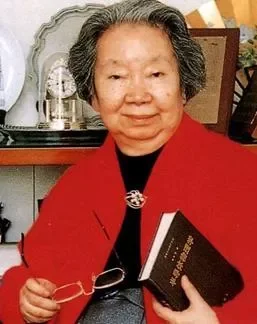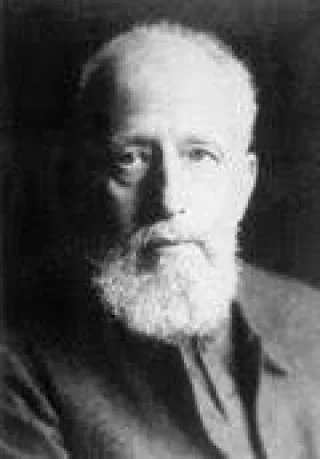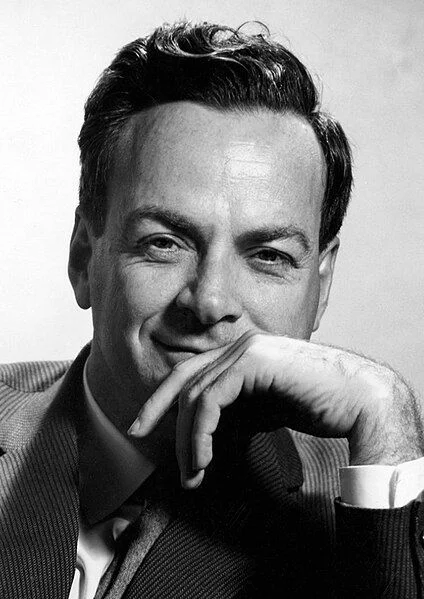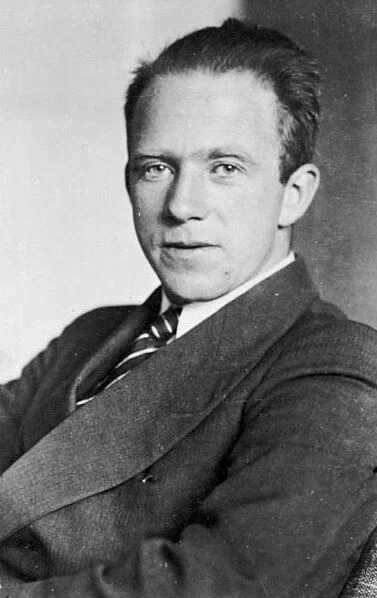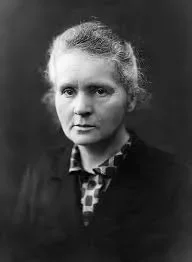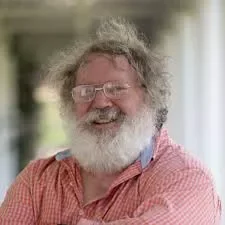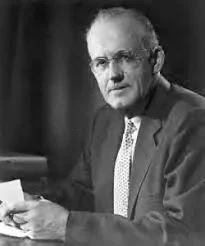Real Celebrities Never Die!
OR
Search For Past Celebrities Whose Birthday You Share

source:wikimedia.org
Robert A Millikan
Birthday:
22 Mar, 1868
Date of Death:
19 Dec, 1953
Cause of death:
Heart attack
Nationality:
American
Famous As:
Administrator
Age at the time of death:
85
Early Life and Education
Robert Andrews Millikan aka Robert A Millikan, born on March 22, 1868, in Morrison, Illinois, USA, was a pioneering American physicist who made significant contributions to the fields of physics and science education. Best known for his famous oil-drop experiment, which measured the charge of the electron, Millikan’s work laid the foundation for modern physics and earned him widespread acclaim and recognition.
Robert A Millikan was born into a middle-class family in Morrison, Illinois, where his father, Silas Franklin Millikan, worked as a Congregational minister and his mother, Mary Jane Andrews Millikan, was a homemaker. From a young age, Millikan displayed a keen interest in science and mathematics, often conducting experiments and building contraptions in his spare time.
Millikan’s early education took place in local schools in Morrison, where he excelled academically and demonstrated a natural aptitude for science and mathematics. He later attended Oberlin College in Ohio, where he earned his bachelor’s degree in 1891. During his sophomore year, he discovered a passion for physics and even filled in as a teacher for an introductory course.
Graduate Studies and Early Career
Following his undergraduate studies, Millikan entered Columbia University, where he earned his doctorate in physics in 1895. He became the first individual to receive a Ph.D. from that department. After completing his doctorate, Millikan married Greta Irvin Zimmer in 1902. Together, they had three children, one of whom, Glenn Millikan, followed his father’s footsteps and became a physicist and professor.
Personal Life
Robert Andrews Millikan was married to Greta Ervin Blanchard, with whom he had three children: Clark, Glenn, and Max. The couple enjoyed a happy and fulfilling marriage, and Millikan’s family life provided him with love and support throughout his career.
Professional Career and Breakthroughs
Millikan’s professional career began at the University of Chicago, where he started as an assistant in 1896 and rose through the ranks to become a full professor by 1910. During his tenure at Chicago, he established himself as a leading experimental physicist through his groundbreaking research in various areas.
The Oil-Drop Experiment
The Oil-Drop Experiment: Millikan’s most famous achievement is the “oil-drop experiment,” conducted between 1906 and 1916. This experiment aimed to measure the elementary electric charge, a fundamental constant representing the smallest indivisible unit of electrical charge. Using an ingenious setup involving charged oil droplets suspended in an electric field, he demonstrated that the charge on these droplets was always a multiple of a specific value, thereby confirming the existence of the smallest unit of charge, now known as the electron. This experiment provided the first accurate and direct measurement of the electron’s charge, revolutionizing our understanding of atomic structure and the nature of electricity.
Contributions to the Photoelectric Effect
Photoelectric Effect: Alongside his work on the electron’s charge, Millikan also made significant contributions to the field of photoelectric effect. He conducted experiments that confirmed Albert Einstein’s theory of light, which proposed that light behaves not only as a wave but also as a particle (photon). This work further solidified the understanding of the dual nature of light and laid the foundation for the development of quantum mechanics.
Studies on Cosmic Rays
Cosmic Rays: Later in his career, Millikan became interested in cosmic rays, high-energy particles bombarding Earth from outer space. He led extensive research efforts using high-altitude balloons to study these particles, contributing to our understanding of their composition, origin, and interaction with the atmosphere.
Leadership in Science and Education
Beyond his research, Millikan played a pivotal role in education and scientific leadership. He served as the President of the American Physical Society and the Vice-President of the American Association for the Advancement of Science. In 1921, he was appointed the Director of the Norman Bridge Laboratory of Physics at the California Institute of Technology (Caltech), where he played a crucial role in developing the institution into a renowned center of scientific research and education.
Robert A Millikan's Quote's
Later Years and Legacy
In his later years, Robert Andrews Millikan continued to make significant contributions to science and education. He served as president of the California Institute of Technology (Caltech) from 1921 to 1945, where he played a key role in shaping the institution into one of the world’s leading research universities.
Millikan retired from Caltech in 1946, but continued to be actively involved in various scientific and educational endeavors. Millikan passed away on December 19, 1953, in San Marino, California, leaving behind a legacy of scientific achievement and educational leadership. His work continues to inspire scientists and researchers around the world, and his contributions to physics have had a lasting impact on our understanding of the natural world.
Name:
Robert A Millikan
Popular Name:
Robert A Millikan
Gender:
Male
Cause of Death:
Heart attack
Spouse:
Place of Birth:
Morrison, Illinois, U.S
Place of Death:
San Marino, California, U.S.
Occupation / Profession:
Personality Type
Logistician: Practical and fact-minded individuals, whose reliability cannot be doubted. He was fact oriented and was always willing to check his theories practically.
During his early days at Chicago, he conducted research on cosmic rays utilizing the then-undergraduate Arthur Compton, who later earned his own Nobel Prize in Physics in 1927.
Millikan was a talented athlete and enjoyed playing tennis in his free time.
Millikan was the author of several textbooks and scientific articles, leaving a lasting impact on scientific literature.
Millikan's determination to measure the charge of the electron with unprecedented accuracy led to the development of new experimental techniques and instrumentation, revolutionizing the field of experimental physics.
Comstock Prize (1913
Oersted Medal (1940)
ASME Medal (1926)
Faraday Lectureship Prize (1924)
Hughes Medal (1923)
Matteucci Medal (1925)
Franklin Medal (1937)
Medal for Merit (1949)
Nobel Prize in Physics (1923)
IEEE Edison Medal (1922)

